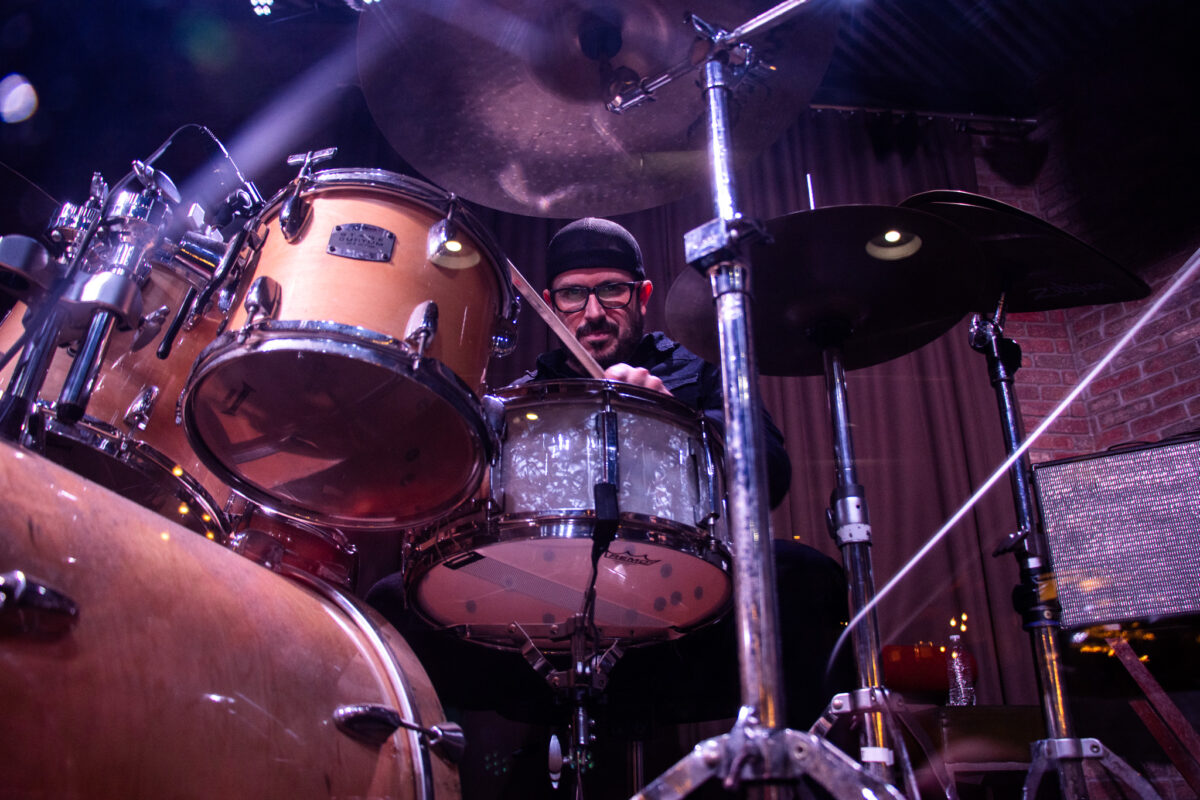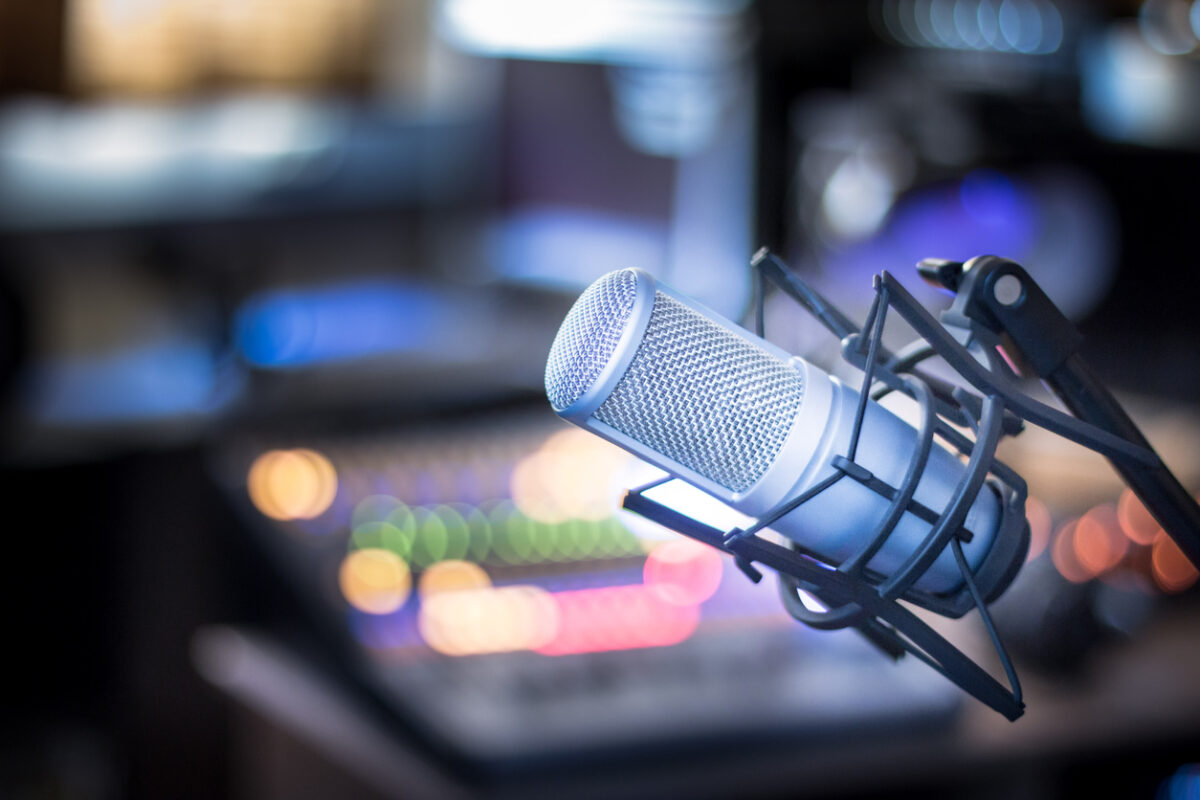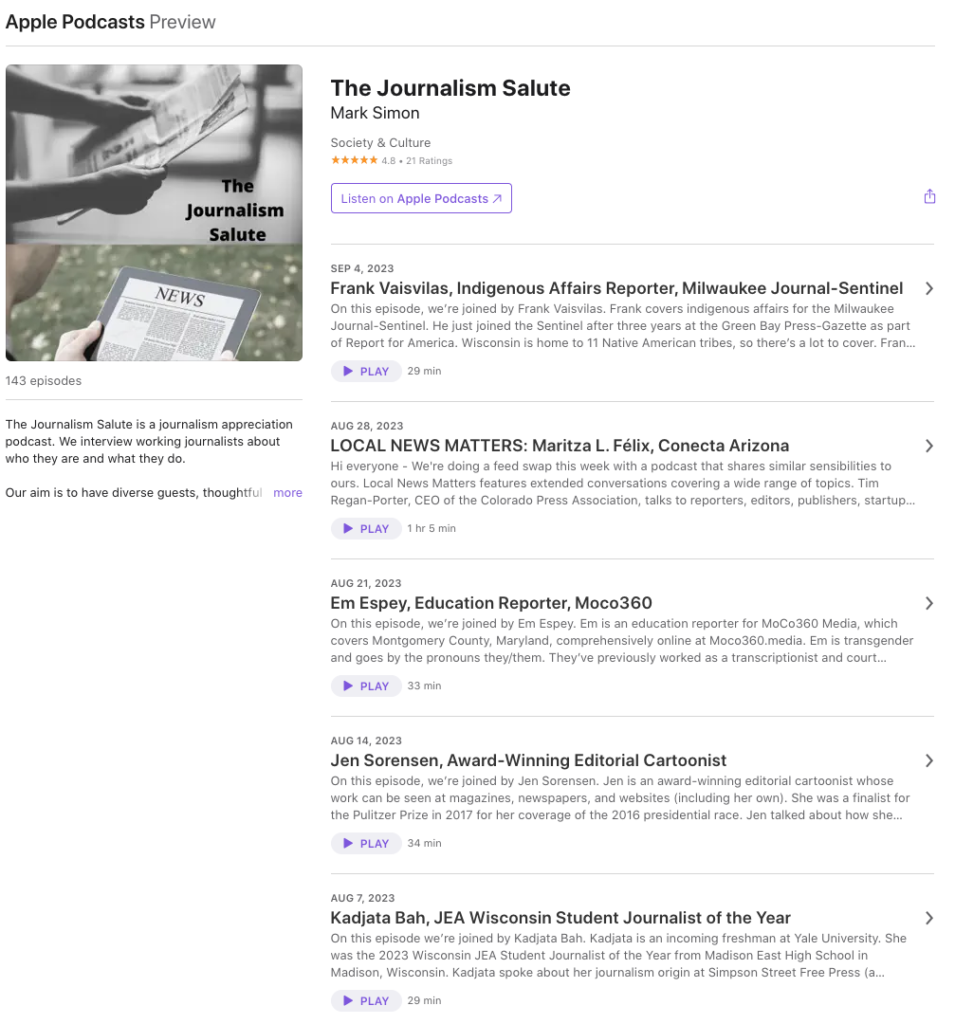Starting a conversation: An exploration of the state of student media websites at Historically Black Colleges and Universities
Abstract
Student media at HBCUs have declined precipitously since 2000 yet provide a significant look at issues meaningful to the Black communities they represent and cover. This study uses content analysis of existing student media websites to assess the state of student media at HBCUs. It finds several notable trends. Frequency of content updates varies, yet student-run news websites are not typically updated daily and are likely updated only when breaking news occurs or when students have new content to post. Stories covering student government or administration were uncommon, and nearly half of the websites did not offer any form of advertising. Medium-sized HBCUs were more likely to have active social media compared to smaller-sized HBCUs, and public HBCUs were more likely to have some form of a media independence statement on their website. These descriptive data provide a starting point for conversations about an important media source and training ground for future Black journalists.
Keywords: HBCU, student media, news websites, content analysis
Continue reading “Research (Vol. 60): Starting a conversation”






